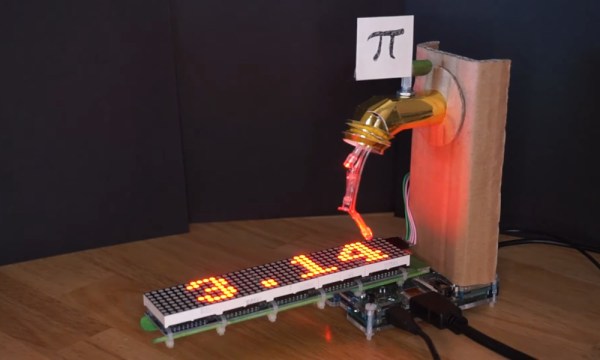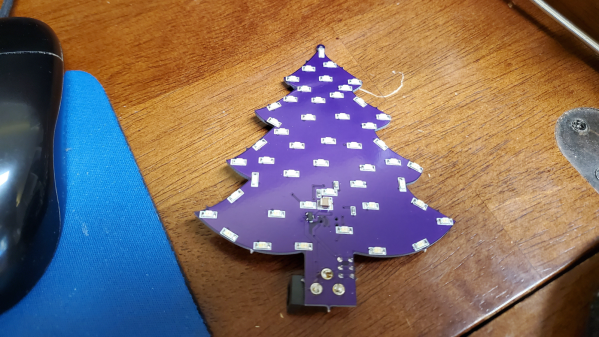It’s as if Halloween was made for hardware hackers. The world is begging us to build something cleaver as we decorate our houses and ourselves for the big day. And one thing’s for sure: the Hackaday crowd never disappoints. This year we’re fully embracing that with the Halloween Hackfest, our newest contest beginning today along with the help of our sponsors Digi-Key and Adafruit.

Wait, isn’t it the beginning of August? Why are we talking about Halloween? The procrastinator’s dillema, that’s why! Start working on your build now and it will be epic by the time the day actually rolls around. Decorating for trick-or-treaters is a good place to start. For our money, projected heads are a really cool party trick, like these singing Jack-o-laterns, or these disembodied heads inspired by Disney’s Haunted Mansion. Or maybe you’re more of a flamethrower-hidden-in-pumpkin type of person?
It doesn’t take much tech to bring a good costume to life — a few LED strips make a plain old princess dress light up the night and builds some permanent memories for the lucky little one who’s wearing it. Speaking of memories, we doubt the little one will remember this mechwarrior family costume, which is why you’ve always got to make a video of these things.
 Over the year’s we’ve seen claw machines for candy delivery, and even a pumpkin piano. Of course pumpkin carving is an entire category unto itself where five-axis CNC machines are fair game. Look around, get inspired, and build something!
Over the year’s we’ve seen claw machines for candy delivery, and even a pumpkin piano. Of course pumpkin carving is an entire category unto itself where five-axis CNC machines are fair game. Look around, get inspired, and build something!
Three top winners will receive $150 shopping sprees in Digi-Key’s parts warehouse. If your build happens to use an Adafruit board, your prize will be doubled. We’ll also be awarding some $50 Tindie gift cards to the most artistic projects.
Get started now by creating a project page on Hackaday.io. In the left sidebar of your project page, use the “Submit Project To” button to enter in the Halloween Hackfest. You have from now until October 11th to spill the beans pumpkin seeds on what you’ve made.








 So for the LED’s, he again went a bit off the beaten path, selecting to use three different color styles of bi-color LED’s with easy to hand-solder, 1206 footprints. This allows him to get a fairly random mix of colors in the completed ornament.
So for the LED’s, he again went a bit off the beaten path, selecting to use three different color styles of bi-color LED’s with easy to hand-solder, 1206 footprints. This allows him to get a fairly random mix of colors in the completed ornament.










